-
 bitcoin
bitcoin $108221.513755 USD
-0.10% -
 ethereum
ethereum $3817.049350 USD
-1.16% -
 tether
tether $1.000184 USD
-0.03% -
 bnb
bnb $1081.373706 USD
1.55% -
 xrp
xrp $2.367284 USD
-2.30% -
 solana
solana $180.847708 USD
-3.07% -
 usd-coin
usd-coin $0.999936 USD
0.00% -
 tron
tron $0.322230 USD
-0.06% -
 dogecoin
dogecoin $0.190590 USD
-1.92% -
 cardano
cardano $0.626657 USD
-2.42% -
 hyperliquid
hyperliquid $37.280123 USD
6.15% -
 chainlink
chainlink $17.222315 USD
-2.46% -
 ethena-usde
ethena-usde $0.999312 USD
-0.03% -
 stellar
stellar $0.309699 USD
-0.98% -
 bitcoin-cash
bitcoin-cash $475.445788 USD
-1.02%
What is proof-of-work mining?
Proof-of-work secures blockchains by requiring miners to solve complex puzzles, ensuring decentralization and trust without central authorities.
Oct 21, 2025 at 11:00 pm

Understanding Proof-of-Work Mining
1. Proof-of-work mining is a consensus mechanism used in blockchain networks to validate transactions and secure the network. It requires participants, known as miners, to solve complex mathematical puzzles using computational power. The first miner to solve the puzzle gets the right to add a new block of transactions to the blockchain.
2. This process ensures that no single entity can easily take control of the network. The difficulty of the puzzles adjusts over time to maintain consistent block creation times, regardless of how much total computing power is on the network. This adjustment keeps the system balanced and prevents rapid inflation of blocks.
3. Miners are incentivized through block rewards and transaction fees. When a miner successfully adds a block, they receive newly minted cryptocurrency tokens along with fees paid by users for including their transactions. These incentives encourage honest participation and continuous investment in mining hardware.
4. The security of proof-of-work comes from the immense cost of attempting to manipulate the blockchain. To alter a past block, an attacker would need to redo the work for that block and all subsequent blocks, which requires controlling more than 50% of the network’s total computational power—a scenario known as a 51% attack.
5. Proof-of-work remains fundamental to Bitcoin and several other major cryptocurrencies, serving as a proven method for decentralized consensus without relying on central authorities.
Hardware Evolution in Mining
1. Early Bitcoin mining could be done efficiently with standard CPUs found in personal computers. As competition increased, miners began using GPUs (graphics processing units) because they offered higher parallel processing capabilities, making them better suited for solving cryptographic hashes.
2. The next evolution came with FPGAs (field-programmable gate arrays), which provided improved efficiency over GPUs by allowing customization of circuitry for specific hashing tasks. Though less flexible than GPUs, they consumed less power per calculation.
3. Today, most mining is performed using ASICs (application-specific integrated circuits). These devices are built solely for mining and offer unmatched performance and energy efficiency compared to general-purpose hardware. Their dominance has led to concerns about centralization due to high production costs and limited accessibility.
4. The shift toward specialized hardware has made mining increasingly inaccessible to casual participants, concentrating operations in large-scale mining farms located in regions with cheap electricity.
5. Despite this centralization trend, the distributed nature of mining pools—where individuals combine their computing power to increase chances of earning rewards—helps preserve some level of decentralization across the network.
Energy Consumption and Environmental Impact
1. Proof-of-work mining consumes vast amounts of electrical energy due to the constant operation of high-powered machines. The global Bitcoin network alone uses more electricity annually than many countries, raising concerns about sustainability.
2. A significant portion of mining energy comes from renewable sources, particularly hydroelectric power in regions like Sichuan, China, and geothermal or wind energy in Iceland and parts of the United States. However, reliance on coal-based power in certain areas contributes to carbon emissions.
3. Some mining operations utilize stranded or excess energy that would otherwise go unused. For example, flared natural gas at oil fields can power mobile mining rigs, reducing waste and methane release into the atmosphere.
4. Efforts to improve energy efficiency include upgrading to newer ASIC models, optimizing cooling systems, and relocating facilities to cooler climates where air conditioning demands are lower.
5. Regulatory scrutiny around energy use has prompted discussions within the industry about transparency in reporting power sources and adopting greener practices to maintain public and institutional support.
Frequently Asked Questions
What happens when all bitcoins are mined?Once the maximum supply of 21 million bitcoins is reached, miners will no longer receive block rewards. Instead, they will rely entirely on transaction fees to sustain their operations. The network is designed to continue functioning under this model, though long-term economic viability depends on sufficient user demand for fast transaction confirmations.
Can anyone start mining cryptocurrency today?Technically yes, but profitability is highly dependent on access to low-cost electricity and advanced mining equipment. Most individual miners join pools to combine resources and share rewards proportionally. Solo mining with consumer-grade hardware is unlikely to yield returns due to intense competition and high difficulty levels.
How does proof-of-work prevent double-spending?By requiring miners to commit computational effort to validate transactions, proof-of-work makes it extremely costly to reverse or alter confirmed transactions. Once a transaction is buried under multiple blocks, changing it would require re-mining all those blocks faster than the rest of the network—an economically unfeasible task.
Why do some cryptocurrencies move away from proof-of-work?Alternatives like proof-of-stake aim to reduce energy consumption and lower barriers to entry. In proof-of-stake, validators are chosen based on the amount of cryptocurrency they hold and are willing to 'stake' as collateral, eliminating the need for energy-intensive computations while still maintaining security through economic disincentives for malicious behavior.
Disclaimer:info@kdj.com
The information provided is not trading advice. kdj.com does not assume any responsibility for any investments made based on the information provided in this article. Cryptocurrencies are highly volatile and it is highly recommended that you invest with caution after thorough research!
If you believe that the content used on this website infringes your copyright, please contact us immediately (info@kdj.com) and we will delete it promptly.
- Essex Post Office, 5p Coins, and King Charles: A Royal Mint Revelation!
- 2025-10-23 10:30:16
- Waymo's Newark Airport AV Tests: Alphabet's AI Gamble Pays Off?
- 2025-10-23 10:30:16
- King Charles 5p Coins: A Royal Flush in Your Pocket?
- 2025-10-23 10:35:18
- Solana, Crypto Advisory, and Forward Industries: A New York Minute on the Future of Finance
- 2025-10-23 08:51:22
- MAGACOIN: Ethereum Whales Dive into the Hottest Presale of 2025
- 2025-10-23 08:51:22
- Kadena's End of the Road? KDA Token Plummets Amid Project Abandonment
- 2025-10-23 08:55:34
Related knowledge
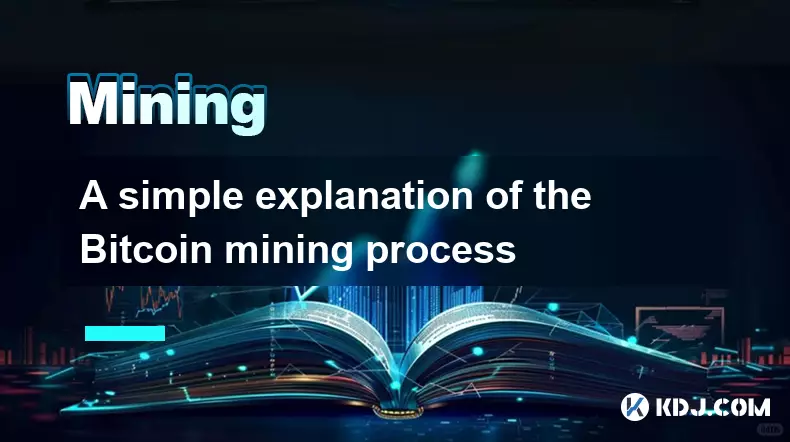
A simple explanation of the Bitcoin mining process
Oct 21,2025 at 05:54am
What Is Bitcoin Mining?1. Bitcoin mining is the process by which new bitcoins are introduced into circulation and transactions are verified on the blo...
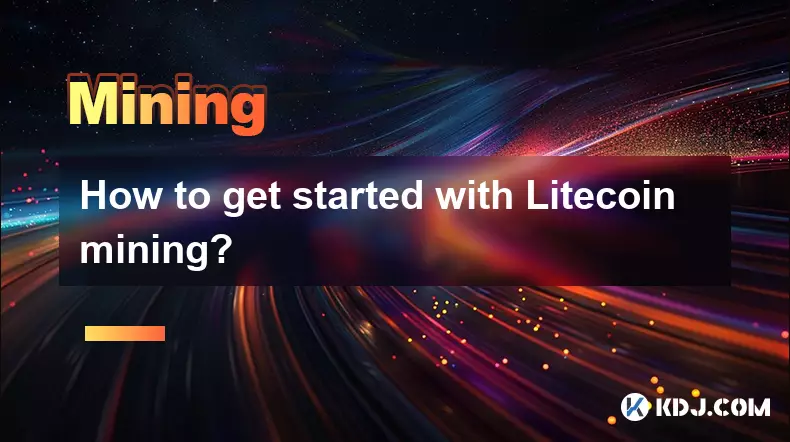
How to get started with Litecoin mining?
Oct 19,2025 at 07:01am
Understanding Litecoin Mining Basics1. Litecoin mining involves verifying transactions on the Litecoin blockchain using computational power. Miners so...
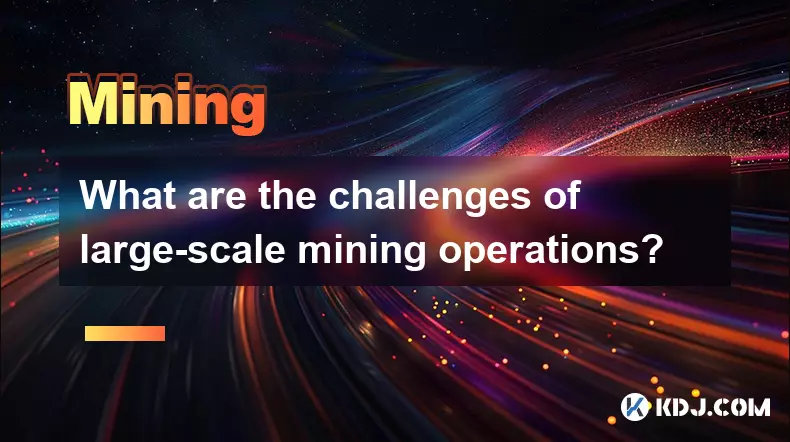
What are the challenges of large-scale mining operations?
Oct 18,2025 at 07:01pm
Energy Consumption and Power Management1. Large-scale mining operations require massive amounts of electricity to power thousands of ASICs or GPUs run...
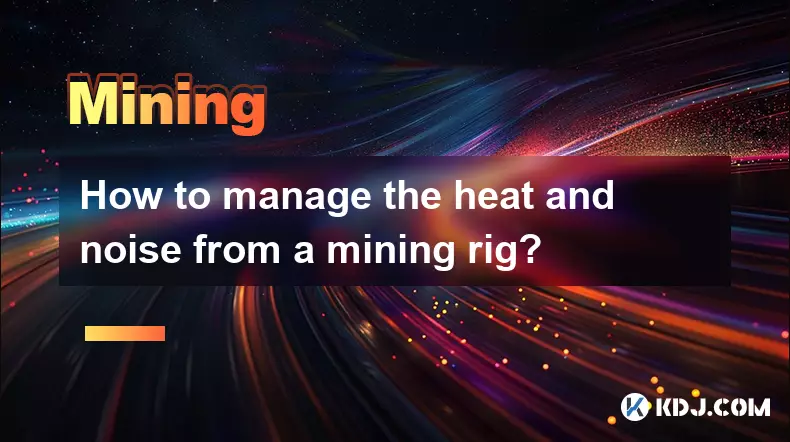
How to manage the heat and noise from a mining rig?
Oct 22,2025 at 05:36pm
Optimizing Ventilation for Mining Rigs1. Proper airflow is essential when running a mining rig continuously. Position the rig in a well-ventilated roo...
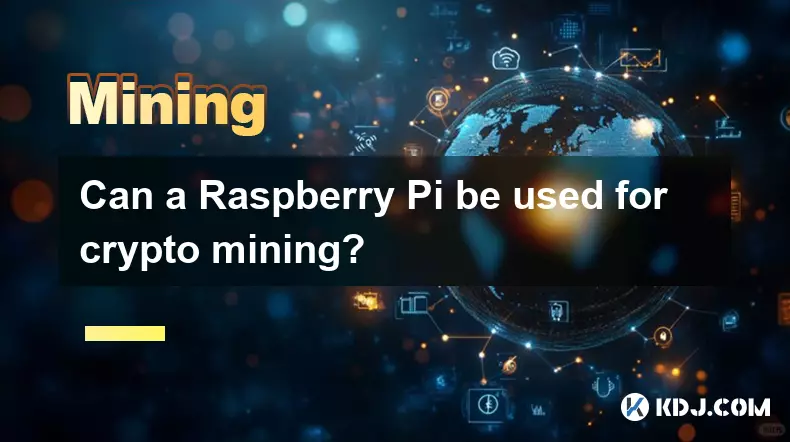
Can a Raspberry Pi be used for crypto mining?
Oct 21,2025 at 04:18pm
Feasibility of Using Raspberry Pi for Cryptocurrency Mining1. The Raspberry Pi is a compact, low-power single-board computer designed primarily for ed...
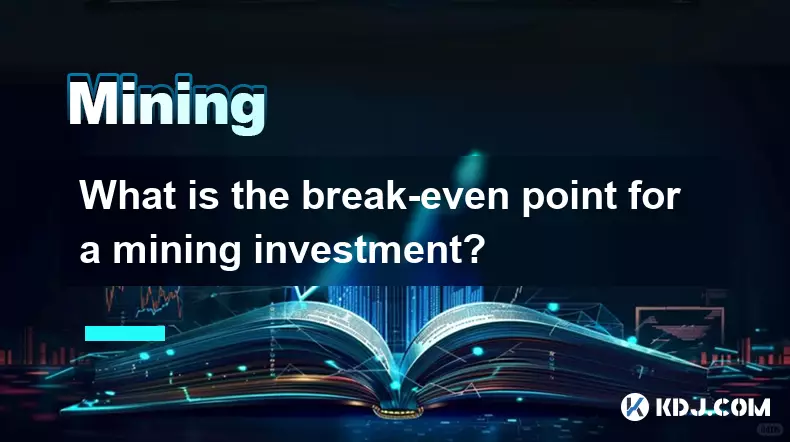
What is the break-even point for a mining investment?
Oct 21,2025 at 03:36am
Understanding the Break-Even Point in Cryptocurrency MiningThe break-even point in cryptocurrency mining refers to the moment when the total revenue g...

A simple explanation of the Bitcoin mining process
Oct 21,2025 at 05:54am
What Is Bitcoin Mining?1. Bitcoin mining is the process by which new bitcoins are introduced into circulation and transactions are verified on the blo...

How to get started with Litecoin mining?
Oct 19,2025 at 07:01am
Understanding Litecoin Mining Basics1. Litecoin mining involves verifying transactions on the Litecoin blockchain using computational power. Miners so...

What are the challenges of large-scale mining operations?
Oct 18,2025 at 07:01pm
Energy Consumption and Power Management1. Large-scale mining operations require massive amounts of electricity to power thousands of ASICs or GPUs run...

How to manage the heat and noise from a mining rig?
Oct 22,2025 at 05:36pm
Optimizing Ventilation for Mining Rigs1. Proper airflow is essential when running a mining rig continuously. Position the rig in a well-ventilated roo...

Can a Raspberry Pi be used for crypto mining?
Oct 21,2025 at 04:18pm
Feasibility of Using Raspberry Pi for Cryptocurrency Mining1. The Raspberry Pi is a compact, low-power single-board computer designed primarily for ed...

What is the break-even point for a mining investment?
Oct 21,2025 at 03:36am
Understanding the Break-Even Point in Cryptocurrency MiningThe break-even point in cryptocurrency mining refers to the moment when the total revenue g...
See all articles










































































